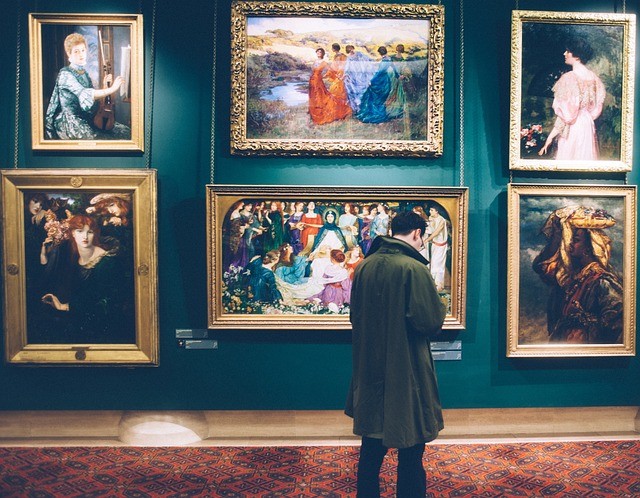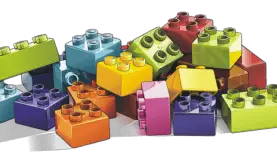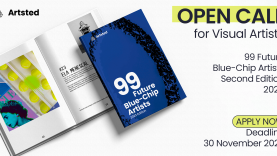
3 Common Mistakes To Avoid When Framing Your Artwork
Choosing to frame your own artwork is a viable way to cut production costs and provide a custom appearance to framed art. The price of having art professionally framed is often cost prohibitive, but fortunately, there are ways to make your own framing work look like a pro!
Everyone has made novice mistakes before, and below are described the top three you should seek to avoid.
Mistake #1: Not Using a Neutral Framing Mat, Or One At All
From paintings and prints to one-off photographs, using a framing mat is the most crucial step in achieving a professional and polished look. Whenever mats are used, they make a piece look high-end and custom. What’s more, the correct mat has the ability to protect artwork against damage from dust and being directly in contact with glass.
When you have a small piece of art to frame, always select a large mat because it enhances the image and optically tricks the eye into thinking it’s much larger than it is. The only exception to the framing mat rule are large pieces of art. In these instances, sans mat is the best way to go because the size of the finished product would be much too large.
Lastly, when selecting a framing mat, choose neutral colors such as white, ivory or beige. Anything colorful quickly looks dated, meanwhile, white is a classy and timeless color.
Mistake #2: Selecting Frames That Are Not the Right Size
Small frames are wholly unnecessary, even for small-scale artwork. In fact, framing artwork in anything less than an 8×10 frame can make a cluttered impact. The goal is to enhance artwork and to let it breathe. The only way to achieve that is by selecting a larger frame with a chunky neutral toned mat.
Read: How to Mount a Finished Watercolor Painting on Canvas
Another common novice mistake people make when framing their own art is opting for collage frames. After all, these frames allow people to display more than one piece at a time, especially when space is at a premium. However, collage frames are clutter that don’t allow art to speak for itself. Instead, a better alternative is framing art in a white or a black frame with a textured white or ivory mat.
Mistake #3: Not Using Acid-Free Framing Supplies
Your artwork should retain its natural beauty and color for many years to come. Unfortunately, many novice framers use low-end materials that aren’t acid-free or archival in nature. The acids in paper materials such as framing mats and even in hinging tape will damage and/or discolor artwork.
It may seem viable to cut framing costs by opting for affordable supplies, but doing so will damage art. In the long run, the money saved isn’t worth much when the artwork is ruined or the framing needs re-doing.
Acid-free materials are usually more affordable than archival counterparts as archival framing supplies often contain linen or cotton materials and are guaranteed to remain pH neutral. However, acid-free options are manufactured without acids but may develop a certain level of acidity over time.
Either option is a solid choice, and for most pieces of art, acid-free is sufficient enough protection. Such supplies will never yellow, discolor or turn brittle over time. In fact, acid-free paper is manufactured to last for centuries without exhibiting any real signs of aging.
With some research, basic skills, and due diligence, it’s possible to frame your own art. There’s no reason to spend hundreds of dollars on professional framing when you can accomplish a similar finish with a tight budget. What’s more, it’s also possible to purchase framing supplies in bulk to further reduce costs.




















